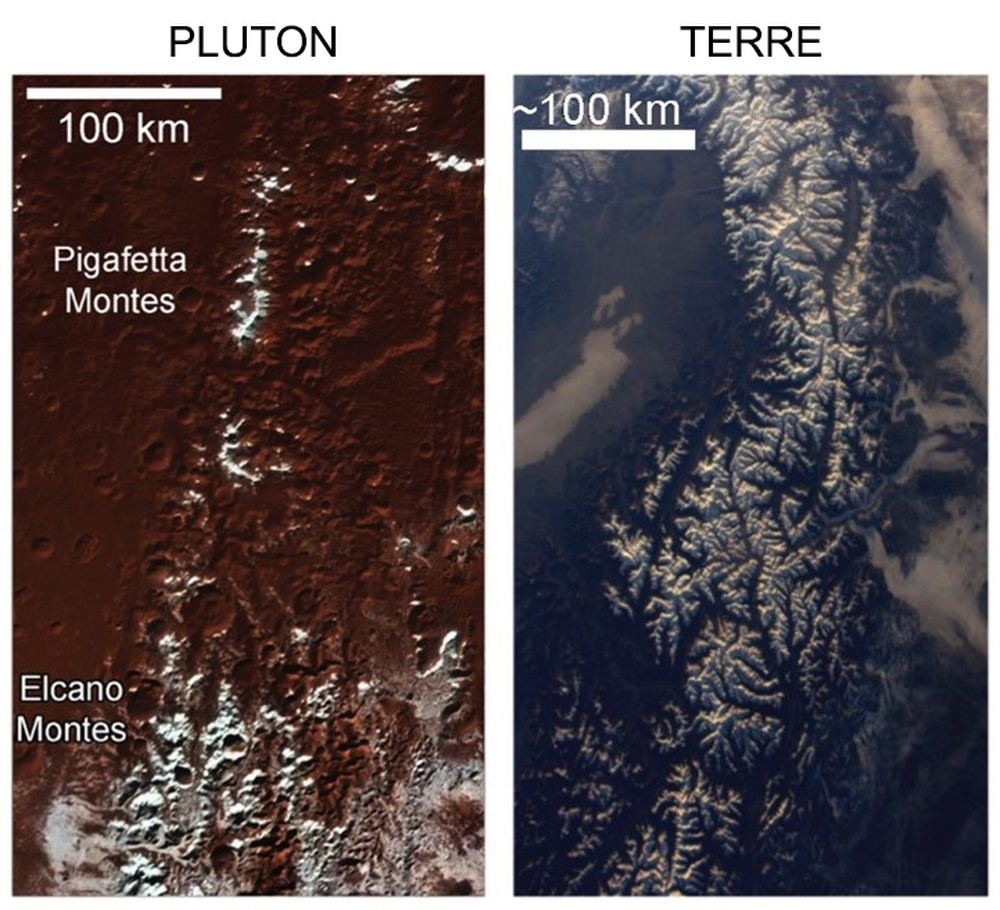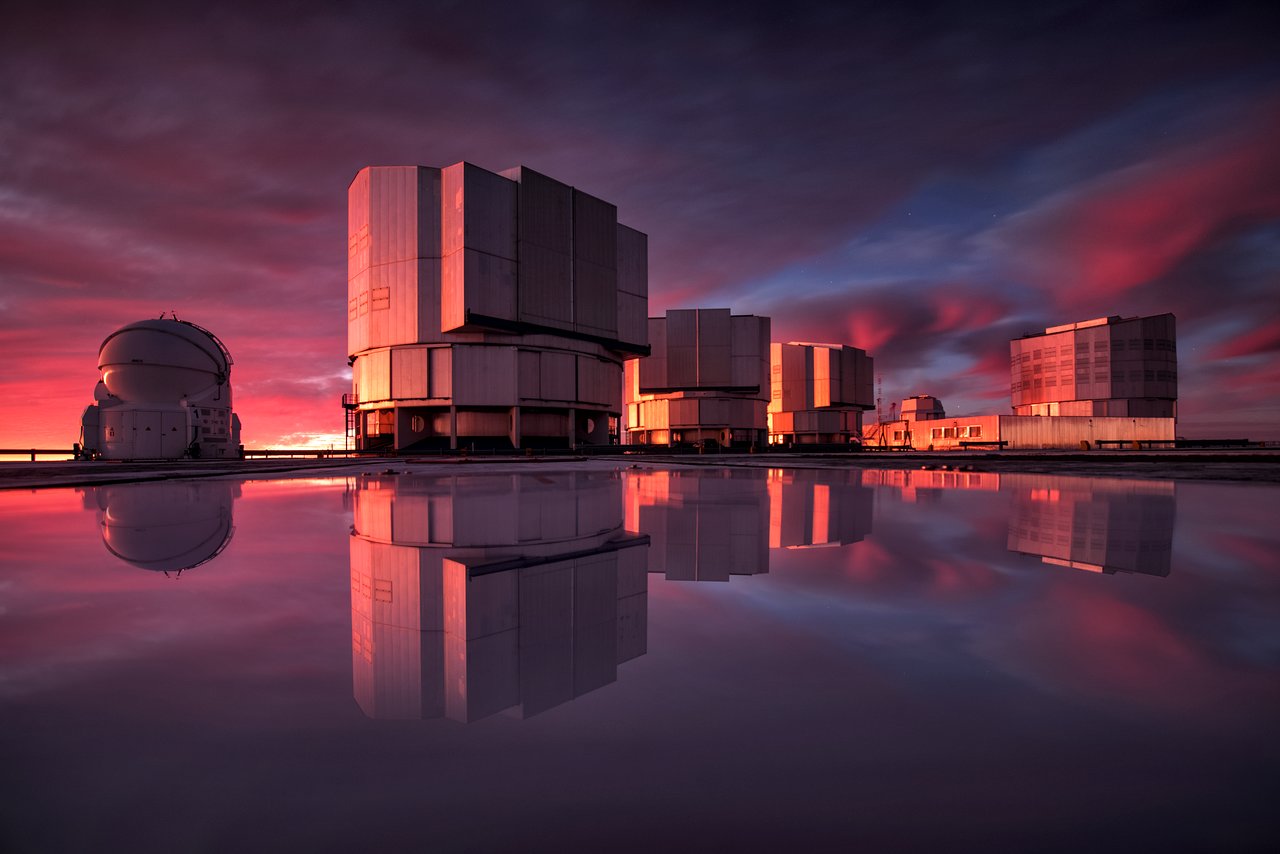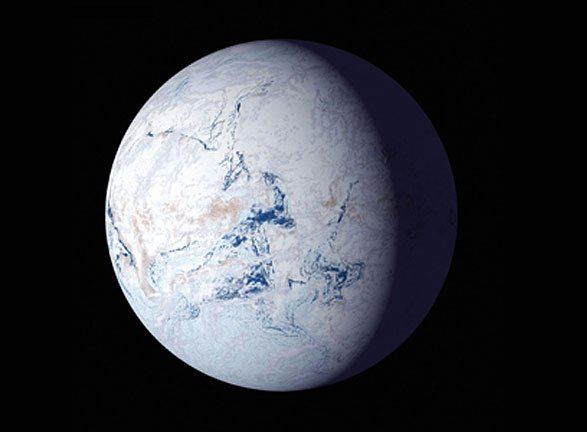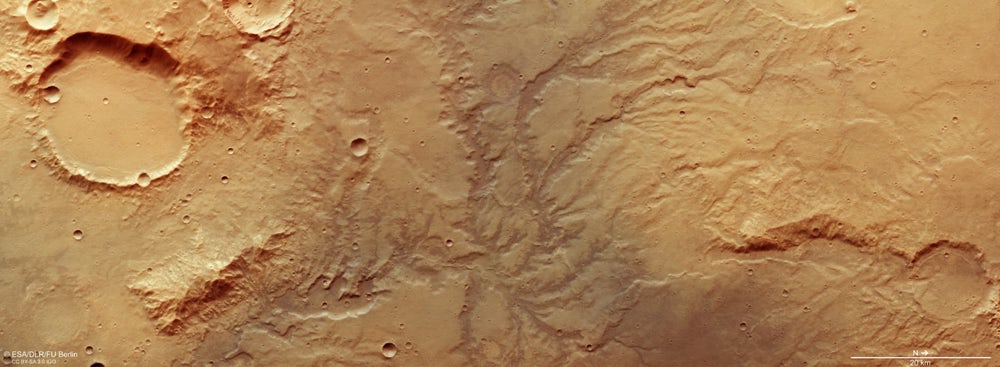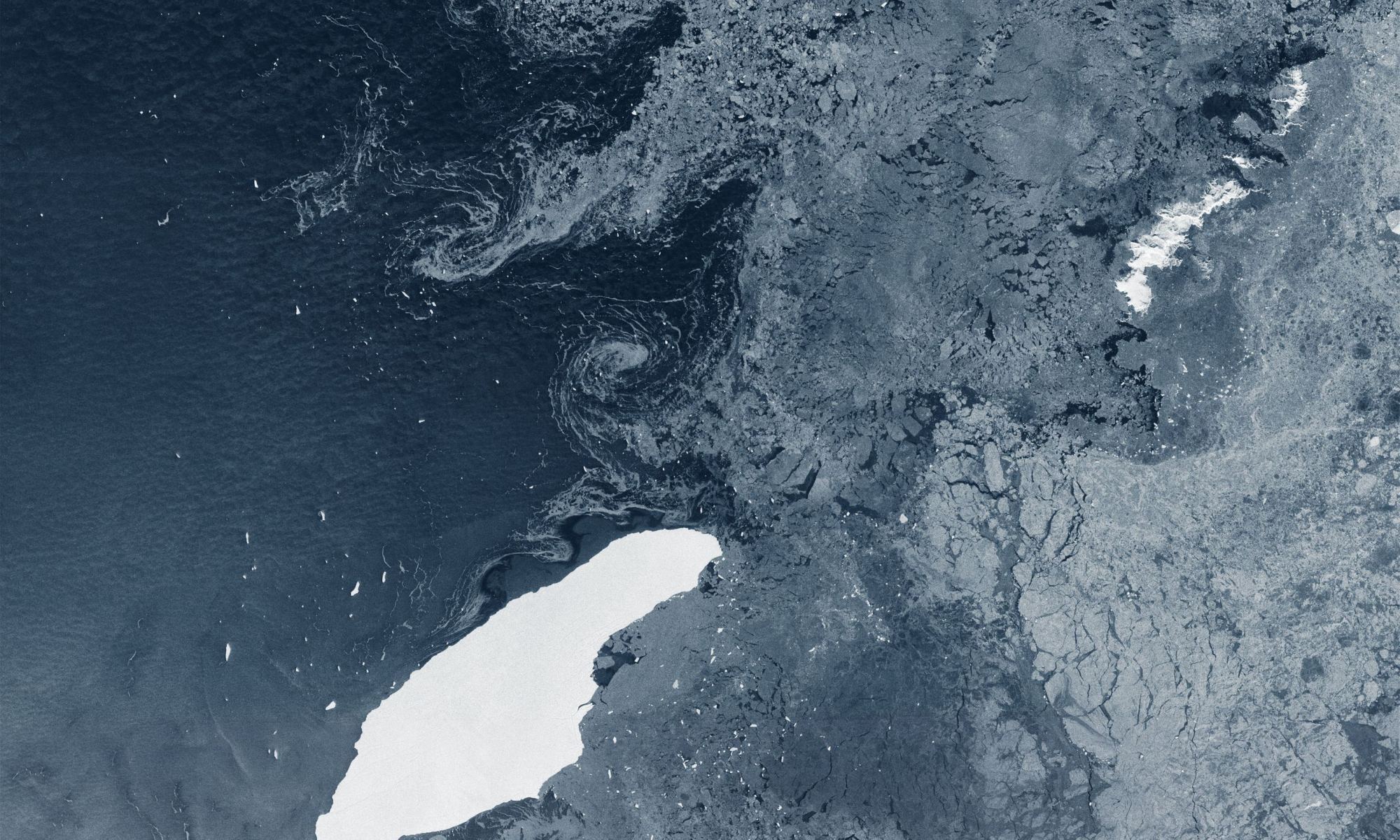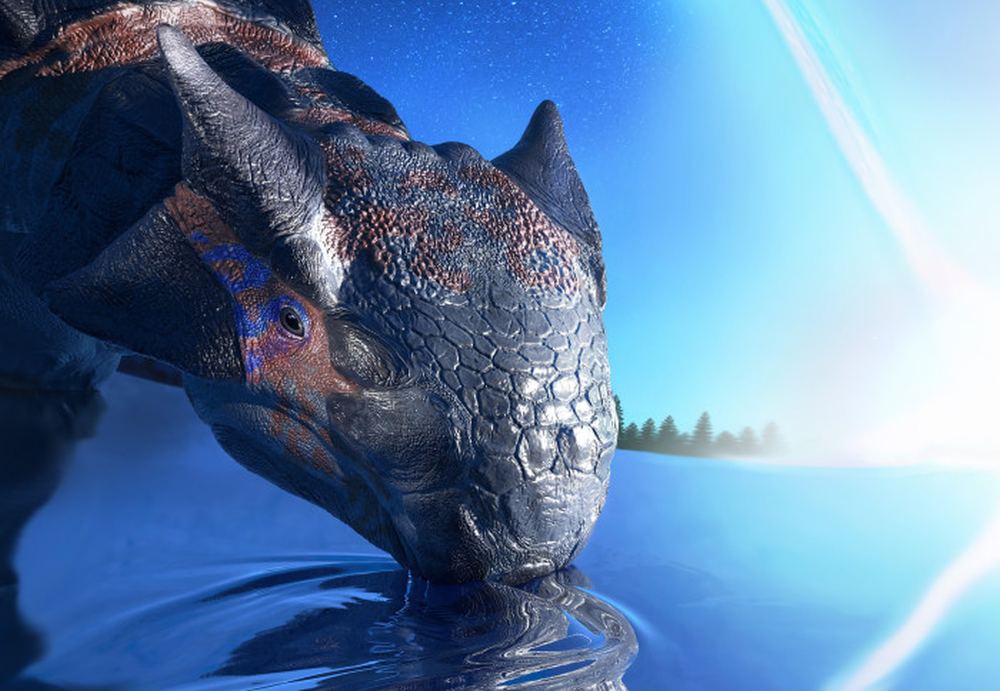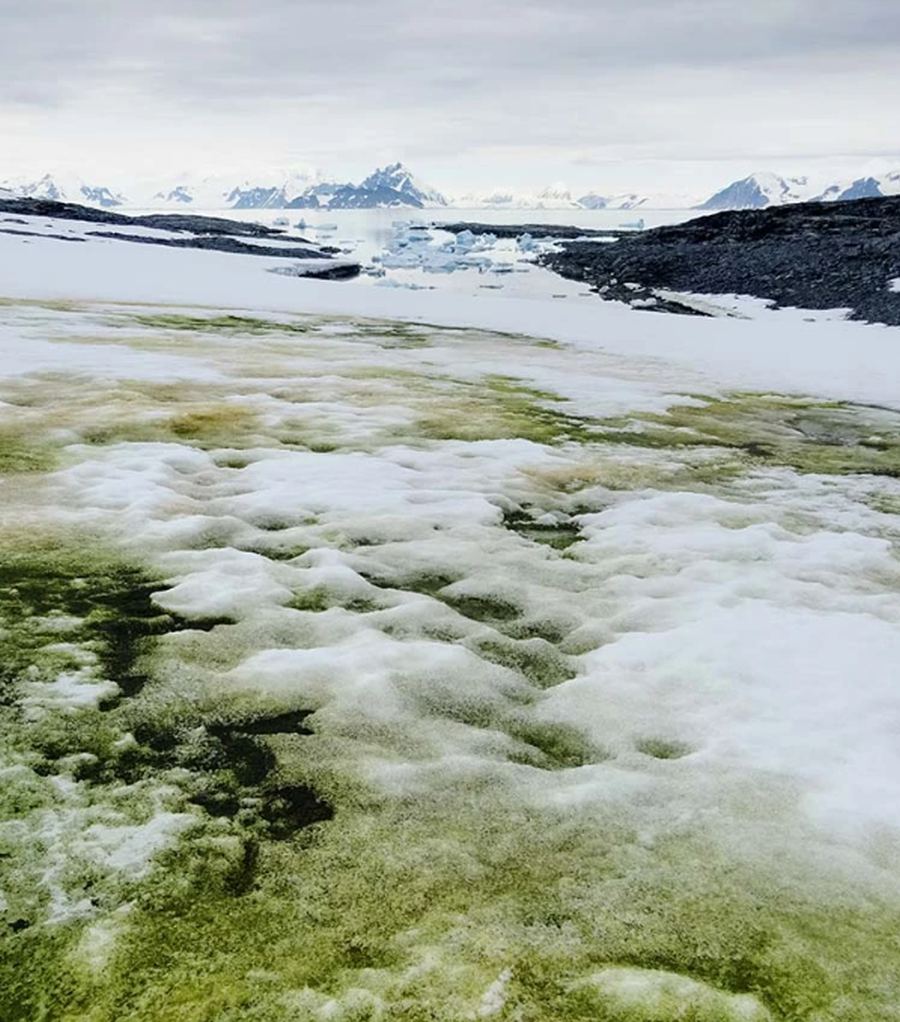Like Earth, Mars has experienced periods of extreme glaciation or ice sheet coverage, which are known as ice ages. As these ice ages come and go, glaciers expand and contract along the planet’s surface, grinding huge boulders down to smaller rocks. By examining the size of boulders and rocks at specific locations on Mars, we should be able to understand the history of the Martian ice ages.
A new study did just that.
Continue reading “Mars has Been Through Many Ice Ages in the Last Billion Years”
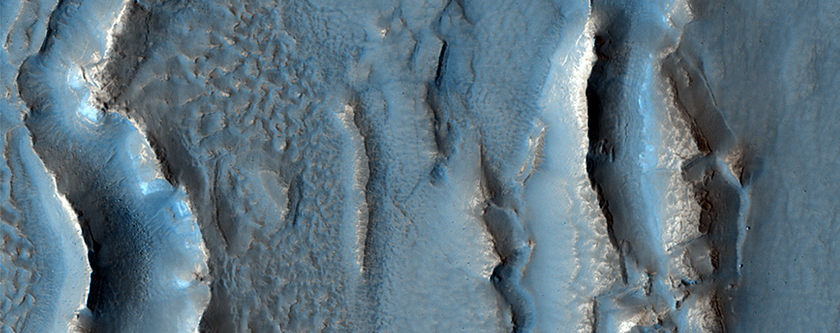
![This illustration shows the percentage of marine animals that went extinct during Earth's worst extinction at the end of the Permian era by latitude, from the model (black line) and from the fossil record (blue dots).A greater percentage of marine animals survived in the tropics than at the poles. The color of the water shows the temperature change, with red being most severe warming and yellow less warming. At the top is the supercontinent Pangaea, with massive volcanic eruptions emitting carbon dioxide. The images below the line represent some of the 96 percent of marine species that died during the event. [Includes fossil drawings by Ernst Haeckel/Wikimedia; Blue crab photo by Wendy Kaveney/Flickr; Atlantic cod photo by Hans-Petter Fjeld/Wikimedia; Chambered nautilus photo by John White/CalPhotos.]Justin Penn and Curtis Deutsch/University of Washington](https://www.universetoday.com/wp-content/uploads/2018/12/Penn_sumfig_final.jpg)
